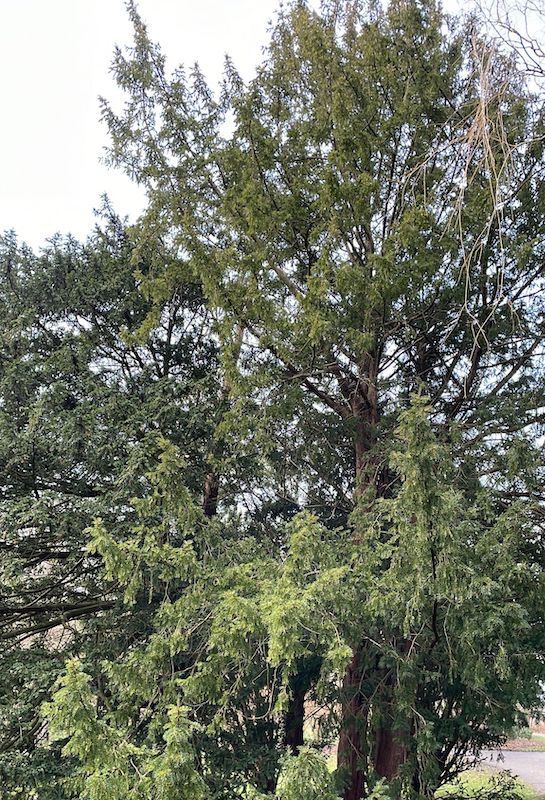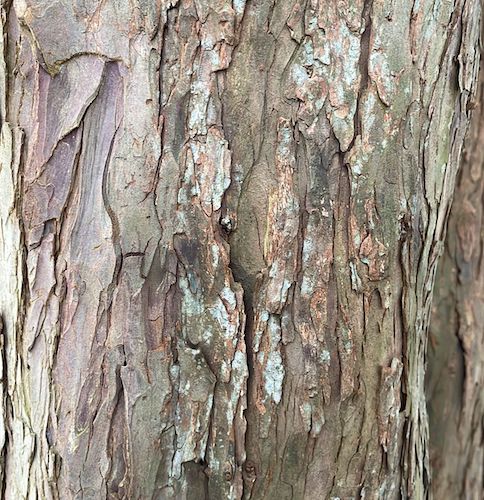The Tree Library

Common name: venijnboom (NL), taksis (falske) Kristusdoarn (Fryske), Common Yew (EN)
Native range: Britain
Pollination: Wind
Seed dspersal: Birds and mammals
Conservation: Least concern (IUCN, last assessed 2018)
The venijnboom scientific name comes from the taxanes contained in all the parts of the tree (highly poisonous), which are shared with all the species from the genera Taxus, and have been investigated and used for its pharmaceutical properties. The tree is thought to live for hundreds of years, with some unique individuals in Britain that are thought to be 2000 years old.
It flowers from March to April, and the seeds ripen from September to November.
USES:
Common Yews are an important part of the English culture and history. This tree was a key resource use to build bows which resulted in a considerable reduction in the 12th century.
- Fuel
- Hedge
- Insecticide
- Wood
- Medicinal

The bark…

The leaves…

References and more information at: